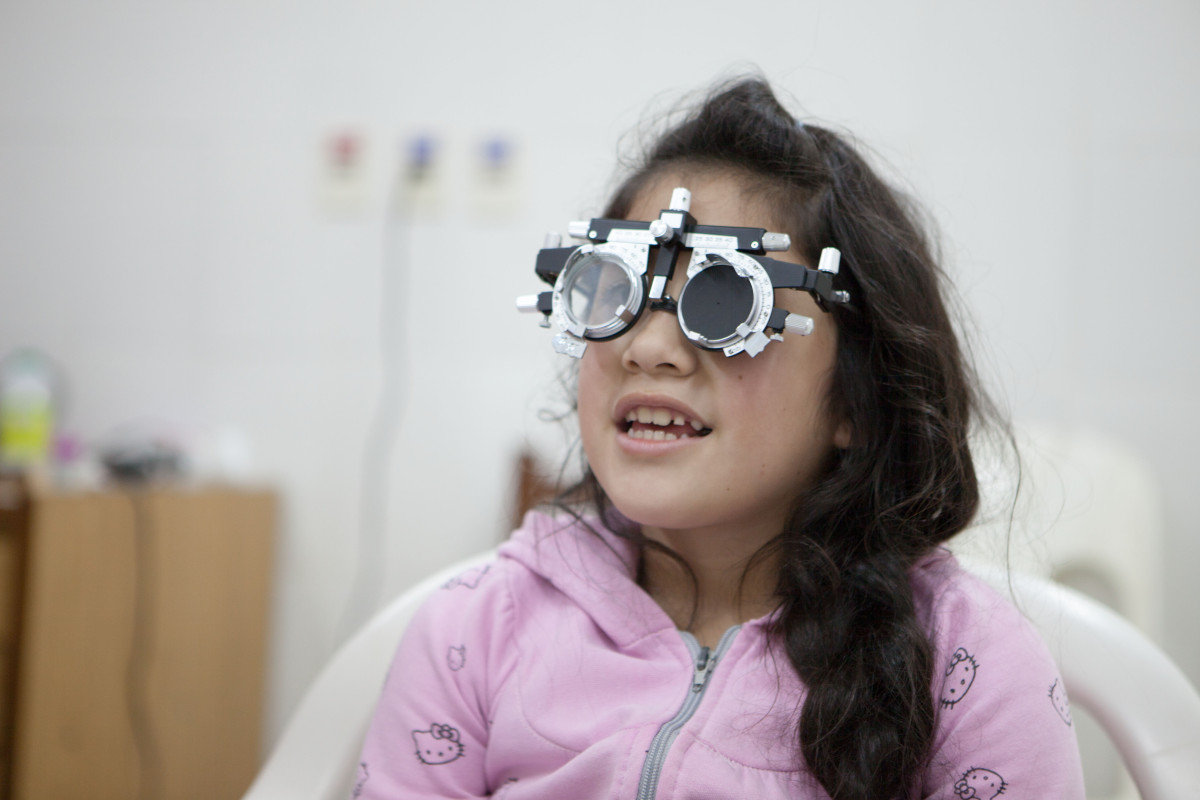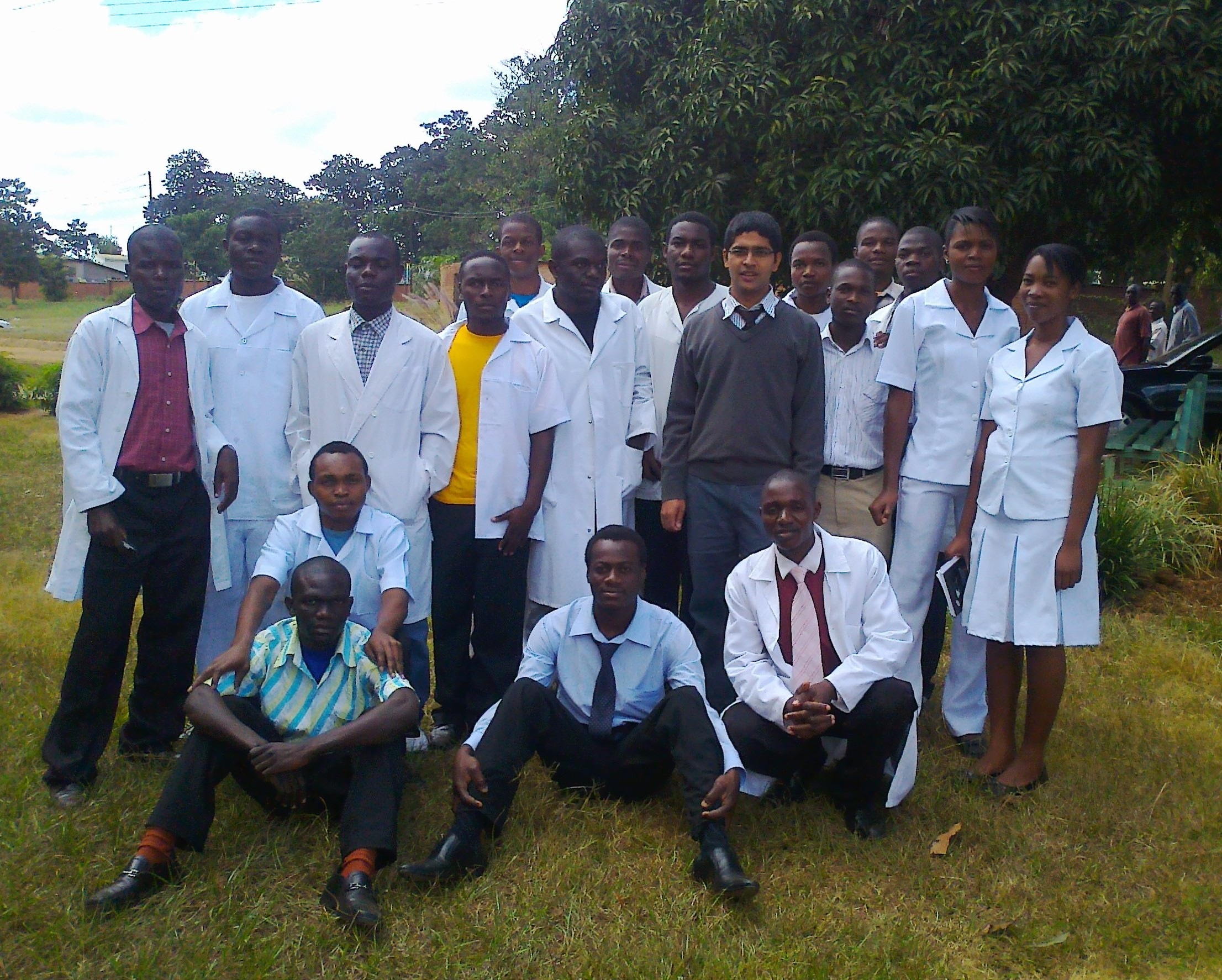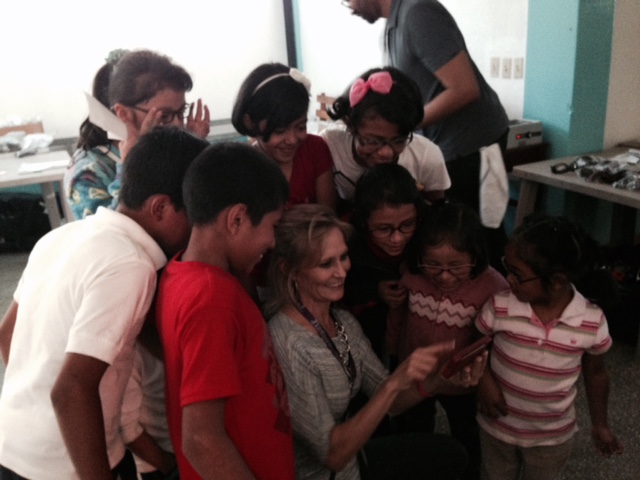vosh@vosh.org
Why Vision
Why We Focus On Vision
Over 2.5 billion people in the world need glasses due to a refractive error. Of those with clinical need, 1.1 billion, or one in seven people, lack access to glasses. (The three major causes of Visual Impairment are: Uncorrected Refractive Error, Cataracts, and Glaucoma)
There are over 1.2 billion untreated cases of myopia/hyperopia (750 million) and presbyopia (463 million) worldwide, with some individuals accounting for cases of each.
The lack of vision translates to failing at school, jobs, health and personal lives. Those who cannot see are too often mired in poverty.
We travel the developing world and the U.S. providing free quality vision care services through short-term clinics to those who need it. We also work to develop sustainable programs and local optometric capacity in the developing world in order to help local communities continue to provide quality vision care.
Our goal is to eradicate untreated refractive error–that is– to help people see again by correcting their vision with glasses. And once they can see, they can improve the quality of their lives and their own vision for a future for generations to come.

THE PROBLEM
There are more than 7 billion people on our planet, and an estimated 2.5 billion of them suffer from the same health problem, regardless of their gender, age or ethnicity: vision impairment. That means that almost 18% of the world’s population is unable to effectively learn or work because they can’t see clearly. Whether moderate or severe, vision impairment can have far-reaching social and economic impacts on the lives of individuals, their families, and the communities they call home. Poor vision is highest in developing countries with 90% residing in dire areas. 90% of world’s visually impaired lives in low-income settings
Visual limitations impact the ability of working people to conduct a productive life. This impacts their ability to find employment and support themselves and provide for their families. 28% of people living with moderate and severe visual impairment are in their working years.
And when we look at the statistics relating to children, we see a grim future, unless something is done: 30% of children worldwide experience vision problems. Refractive error accounts for 68.5% of visual impairment in children. Poor vision and school failure often go hand in hand. Sleep quality in children is significantly correlated with myopic error.
About 65 % of all people who are visually impaired are aged 50 and older, while this age group comprises about 20 % of the world’s population. With an increasing elderly population in many countries, more people will be at risk of visual impairment due to chronic eye diseases and aging processes.
By 2050, nearly half of the world could be affected by myopia (nearsightedness).
HEALTH

Visual impairment is a major global health issue; the preventable causes are as high as 80% of the total global burden.
Your donation to VOSH helps restore sight to an individual through prescription glasses, medical treatment of glaucoma or other issues. VOSH partners with organizations which work alongside VOSH to provide cataract surgeries. With restored vision, individuals can return to school or work. Adults are able contribute to the household and no longer require extra care. And children can refocus in school.
At VOSH International, we’re committed to supporting sustainable eye care. That’s why our members support clinics and hospitals and the people who work in them. VOSH International has helped restore sight to more than 1,000,000 individuals around the world.
ECONOMY & COMMUNITY
Jobs
Glasses can increase one’s productivity by 20% That’s the equivalent of creating an extra day’s work each week. Glasses are one of the most effective poverty alleviation tools in the world.
Education
In many rural communities worldwide, kids without access to eyecare are never diagnosed, they end up doing poorly in school, many often are wrongly labeled as mentally handicapped. Glasses provide millions of children with the power to learn and the ability to take control of their lives
The Future
Refractive error accounts for 68.5% of visual impairment in children.Poor vision and school failure often go hand in hand. In the US, 174,000 preschoolers struggle to see due to uncorrected vision and millions of children suffer from vision problems that affects learning. In China, students who wore glasses earned higher test scores equal to extra schooling. In India, a study shows that girls with vision impairments are at a major disadvantage. VOSH and our partners work to build long-term solutions to provide eye care in developing countries, particularly for the children.
ADDING IT UP: THE RETURN

Every $1 invested in improved vision can yield from $4 to $12 for the local economy, depending on the type of project.
80% of the total global burden of poor vision has an immediate cure. Chronic health conditions can be identified through eye exams. Refractive errors (far and near sightedness) are among the simplest to correct cases of visual impairment; almost all of them can be corrected and normal vision can be restored with eyeglasses, contact lenses or refractive surgery.
Vision has proven to be a smart investment–providing glasses and eyecare transforms lives, communities and generations — and at a surprisingly low cost.
Just $20 can provide sight-giving glasses or an eye exam for one person.
